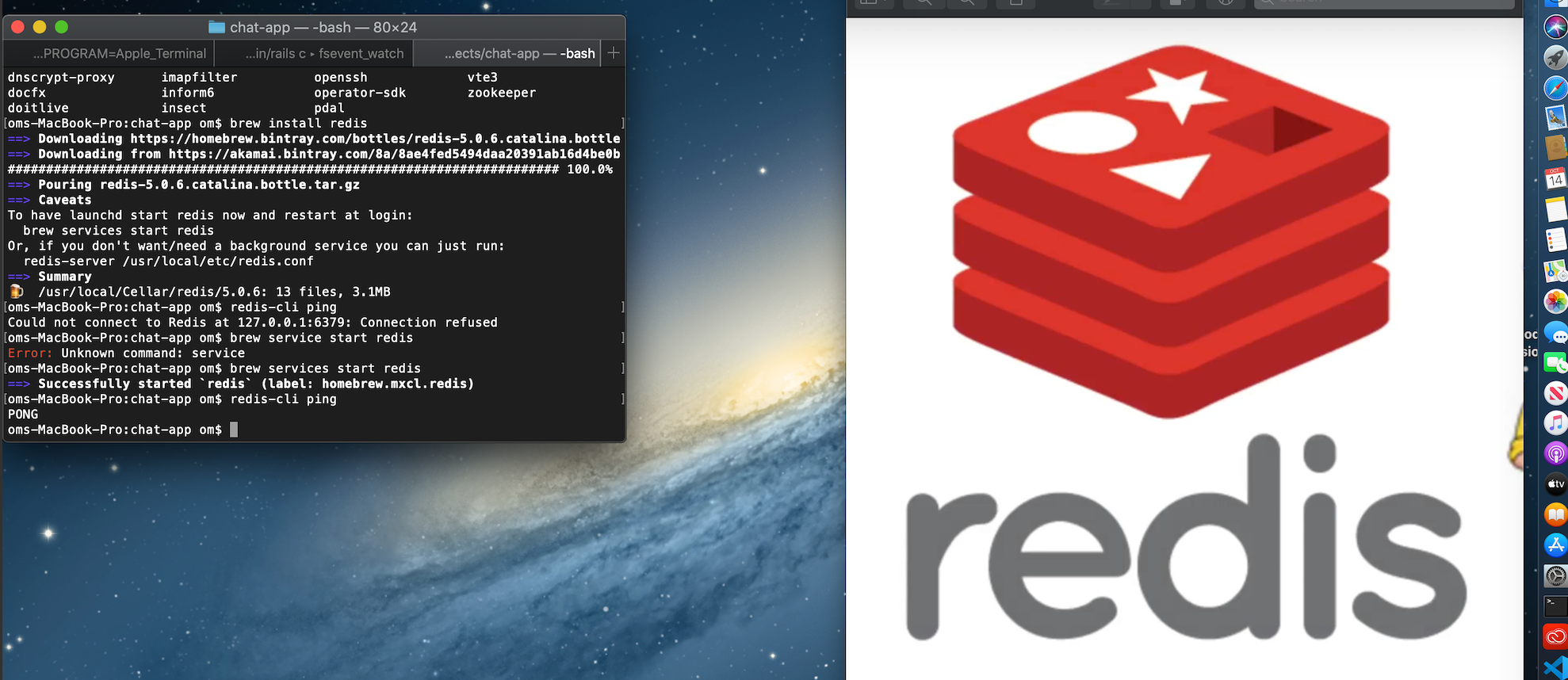Not many people may realize this, but MacStadium is a long-standing supporter of the Homebrew project -- the most popular way to install packages on macOS. MacStadium has a program to support open source efforts such as Homebrew, as we believe in building a community based on good code and best practices.
Brew Macos Catalina Additionally, SUMO provides native macOS application bundles for its graphical applications, so they can be added to the macOS dock. There is a separate brew cask that will copy these bundles to the Applications folder: brew cask install sumo-gui. My catalina version is 10.15.2 (19C57) Home-brew version is shawnstationdeMacBook-Pro: shawnstation$ brew -version Homebrew 1.6.9 Homebrew/homebrew-core (git revision fab7d; last commit 2018-07-07). Once you have Homebrew (a.k.a. Brew) installed on your machine you can run the following command in the Terminal to check the version. $ brew -v To update run the following command. $ brew update Alright, time to install PostgreSQL on Mac. Install PostgreSQL using Homebrew. In Terminal run the following command to install PostgreSQL on Mac. MacOS Catalina ver.10.15.16; 使用するパッケージ. 言わずと知れたMacとLinux向けのパッケージ管理ツール。今回はこれだけで完結します。 ※ 詳しい説明は公式ドキュメントを参照して下さい。 インストールの流れ. Homebrewをインストール; Pythonをインストール.
MacStadium's efforts increasingly align with Apple's philosophy: opinionated best practices that are easy to use. Homebrew also takes this philosophy, so given our existing relationship, we invited them to participate in our Orka beta program. One of the first asks Homebrew's project leader, Mike McQuaid, had was if Orka could run the macOS Catalina beta (10.15). The MacStadium team actually had a copy of Catalina working on June 13th, while Orka development was still in full swing, so they were happy to load it into Homebrew's environment.
The ability to get the macOS Catalina beta working so quickly comes from the Docker layer of the Orka stack. Despite being a robust and fault-tolerant system, providing the same experience has been a challenge. Orka runs on Kubernetes giving customers an enterprise-grade, industry-standard orchestration layer. But Kubernetes runs on almost any operating system so, in an unregulated system, Orka could be the world's best 'hackintosh.' Clearly, MacStadium does not want this, and therefore limits access to the underlying Orka code, as well as the small deviations from the community edition of Docker and CoreOS.
Orka users can expect clear instructions on making their own full Docker images with the public release of Orka, which was announced at DevOps World | Jenkins World San Francisco earlier this week.
In this tutorial we will learn to install PostgreSQL database on Mac using Homebrew.
Prerequisite
It is assumed that you have Homebrew installed on your Mac.
If you don't have Homebrew installed on your Mac then open Terminal and run the following command.
You can visit Homebrew official website https://brew.sh to learn more about it.
Once you have Homebrew (a.k.a. brew) installed on your machine you can run the following command in the Terminal to check the version.
To update run the following command.
Alright, time to install PostgreSQL on Mac.
Install PostgreSQL using Homebrew
In Terminal run the following command to install PostgreSQL on Mac using Homebrew.
We can check the version of PostgreSQL using the psql command.
Start PostgreSQL
To start PostgreSQL run the following command in the Terminal.
We will get a similar output shown below.
Stop PostgreSQL
To stop PostgreSQL run the following command in the Terminal.
We will get a similar output.
Restart PostgreSQL
To restart PostgreSQL run the following command in the Terminal.
We will get a similar output as shown below.
Login to PostgreSQL database
By default we will get a database by the name postgres. So, to connect to it we will run the following command.
We will see the following output.
List all the users
To list all the users we use the du command.
List all the databases
To list all the databases run the l command.
Create a database
Instalar Homebrew Mac Catalina
To create a database run the following command. In the given example mydb is the name of the database.
Connect to a database
To connect to a database use the c command.
Is Adobe Compatible With Mac Catalina
List all the tables inside a database
To list all the tables inside a database we run the d command.

Note! If there is no table then we will get a prompt stating no relations found.
Let us go ahead and create a simple users table inside the mydb database and try the above command again.
Create table
In the following example we are creating a simple users table.
Now if we list the tables using the d command we will get the table.
How to exit from psql?


To exit or quit from psql type the q command.
Alright, this brings us to the end of this tutorial. Hope you found it useful. Please share this tutorial if it was helpful. See you in the next tutorial. Have fun developing :-)